IBM Says It's Cracked Quantum Error Correction
Edd Gent reporting for IEEE Spectrum: IBM has unveiled a new quantum computing architecture it says will slash the number of qubits required for error correction. The advance will underpin its goal of building a large-scale, fault-tolerant quantum computer, called Starling, that will be available to customers by 2029. Because of the inherent unreliability of the qubits (the quantum equivalent of bits) that quantum computers are built from, error correction will be crucial for building reliable, large-scale devices. Error-correction approaches spread each unit of information across many physical qubits to create "logical qubits." This provides redundancy against errors in individual physical qubits. One of the most popular approaches is known as a surface code, which requires roughly 1,000 physical qubits to make up one logical qubit. This was the approach IBM focused on initially, but the company eventually realized that creating the hardware to support it was an "engineering pipe dream," Jay Gambetta, the vice president of IBM Quantum, said in a press briefing. Around 2019, the company began to investigate alternatives. In a paper published in Nature last year, IBM researchers outlined a new error-correction scheme called quantum low-density parity check (qLDPC) codes that would require roughly one-tenth of the number of qubits that surface codes need. Now, the company has unveiled a new quantum-computing architecture that can realize this new approach. "We've cracked the code to quantum error correction and it's our plan to build the first large-scale, fault-tolerant quantum computer," said Gambetta, who is also an IBM Fellow. "We feel confident it is now a question of engineering to build these machines, rather than science." Read more of this story at Slashdot.

Read more of this story at Slashdot.





![X Highlights Back-To-School Marketing Opportunities [Infographic]](https://imgproxy.divecdn.com/dM1TxaOzbLu_kb9YjLpd7P_E_B_FkFsuKp2uSGPS5i8/g:ce/rs:fit:770:435/Z3M6Ly9kaXZlc2l0ZS1zdG9yYWdlL2RpdmVpbWFnZS94X2JhY2tfdG9fc2Nob29sMi5wbmc=.webp)











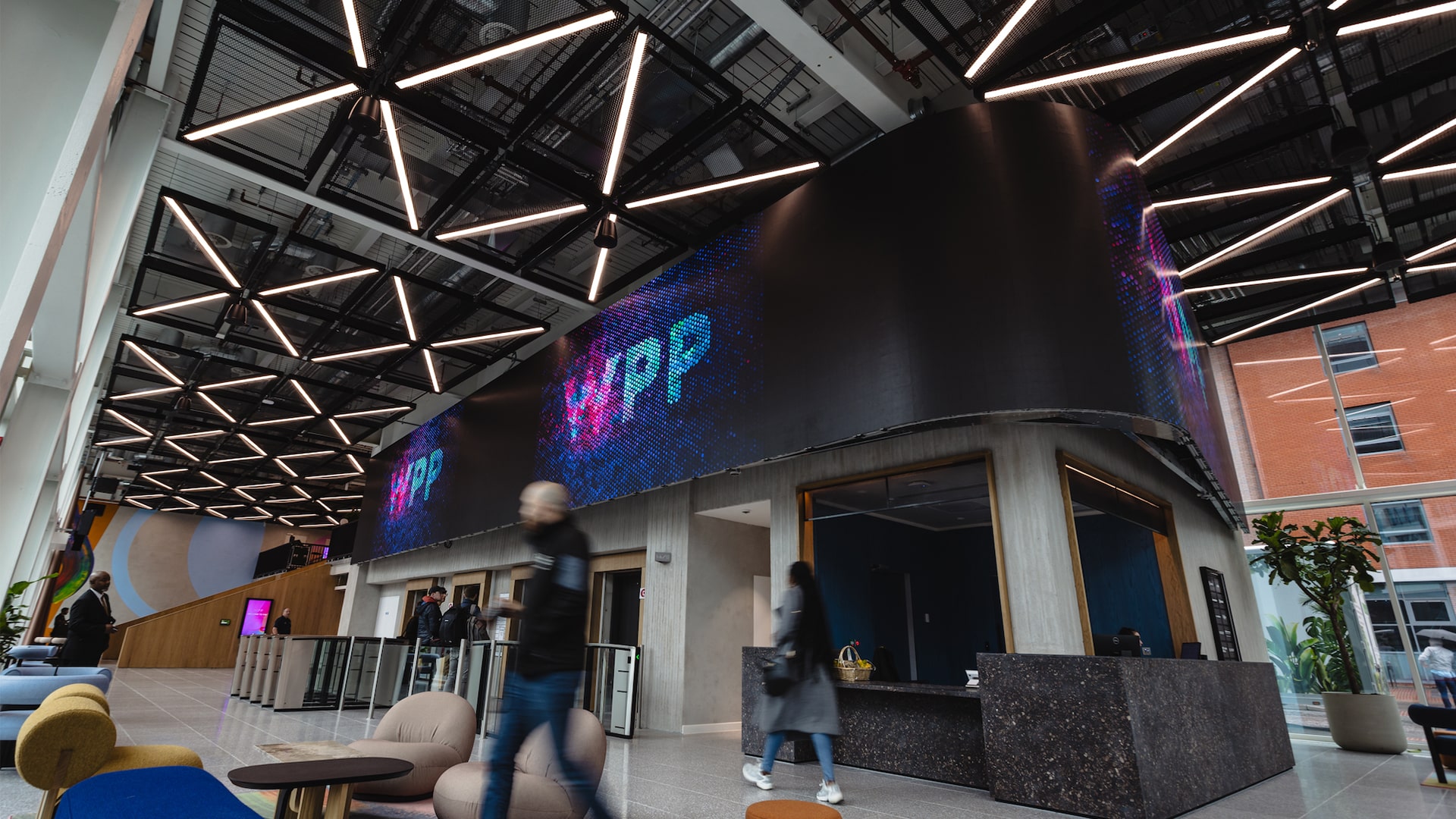













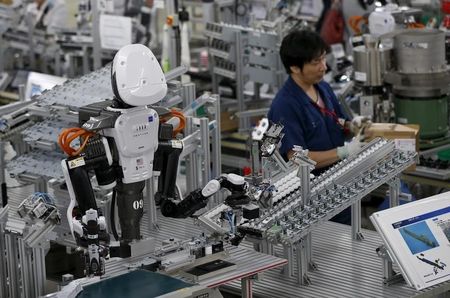
























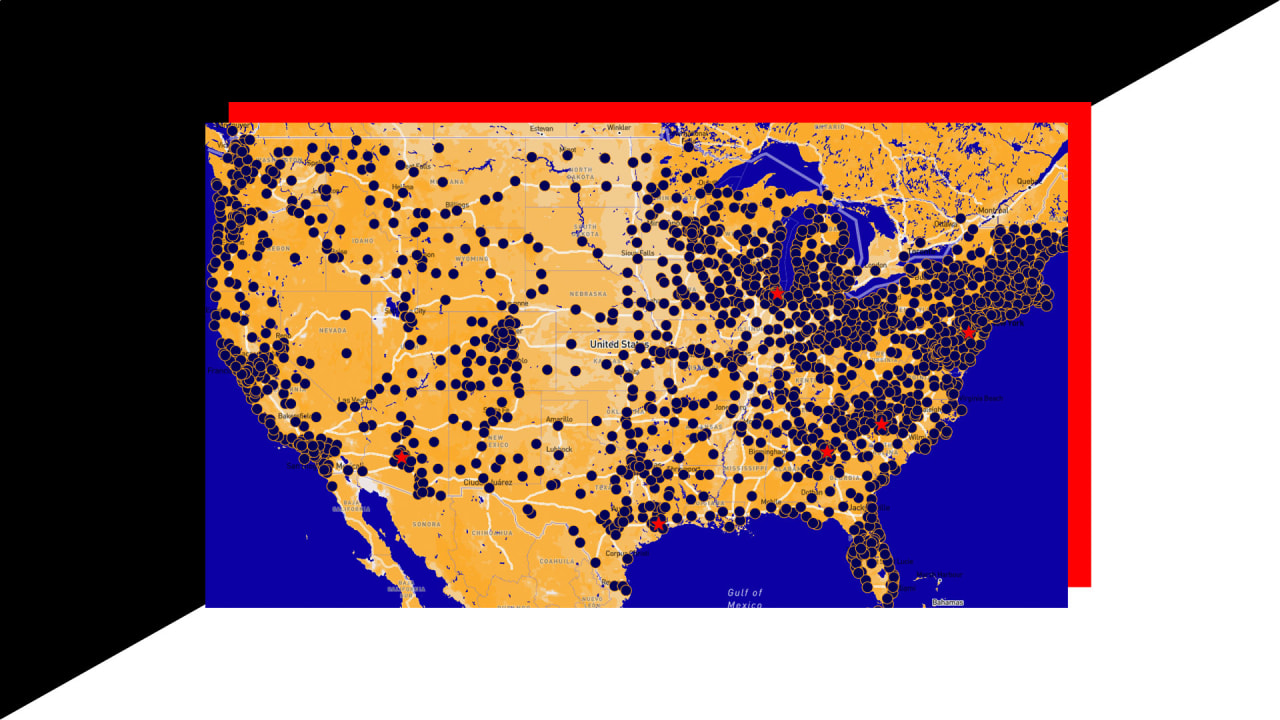











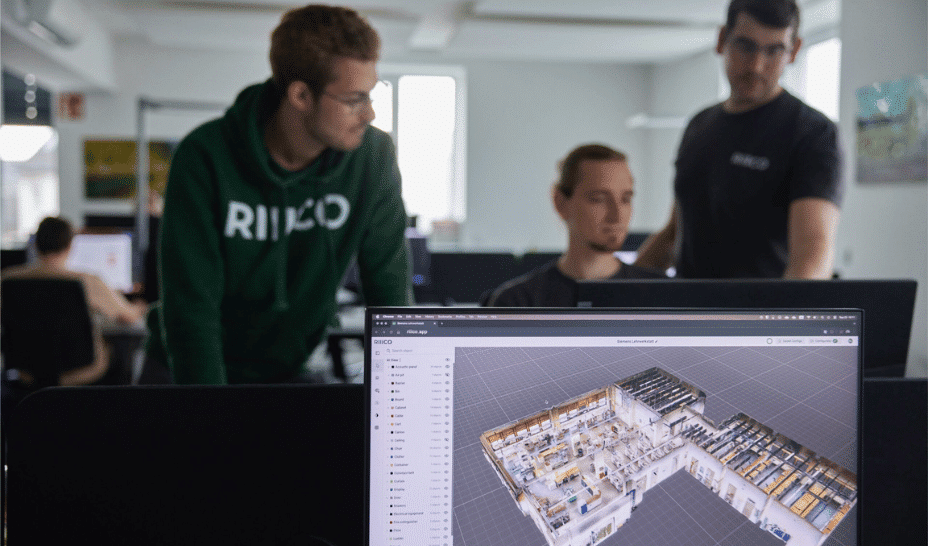







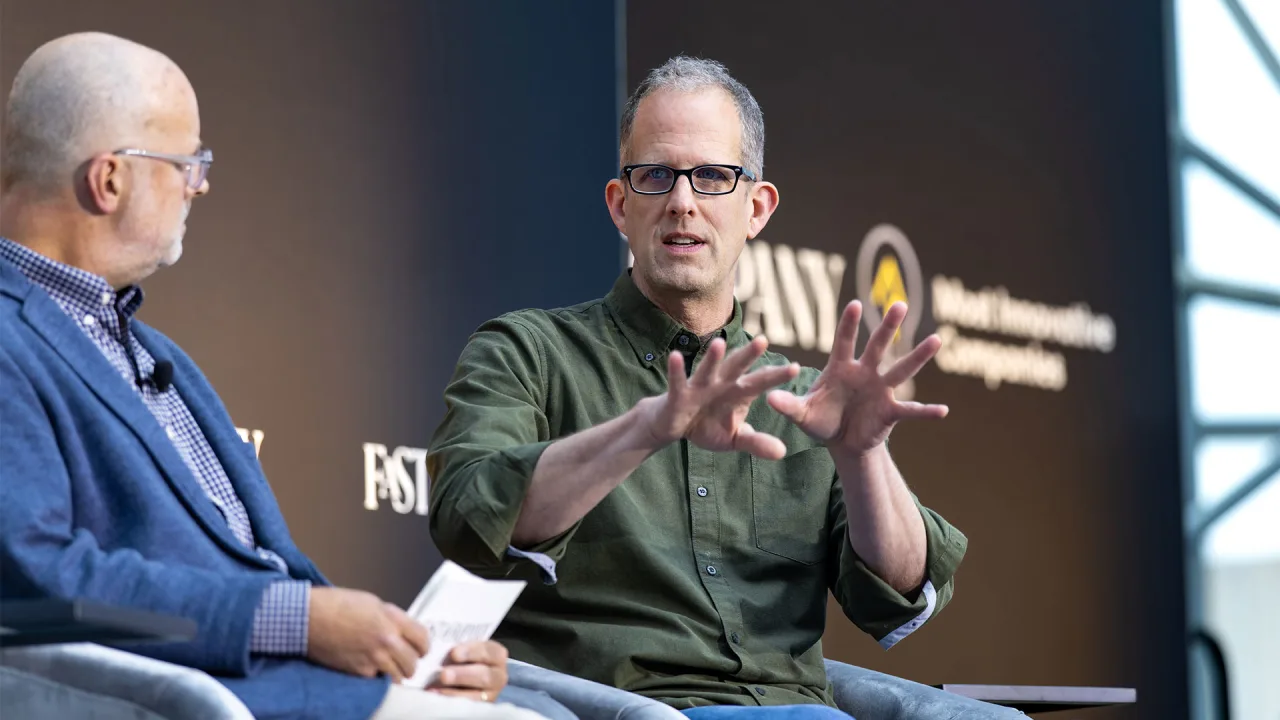







































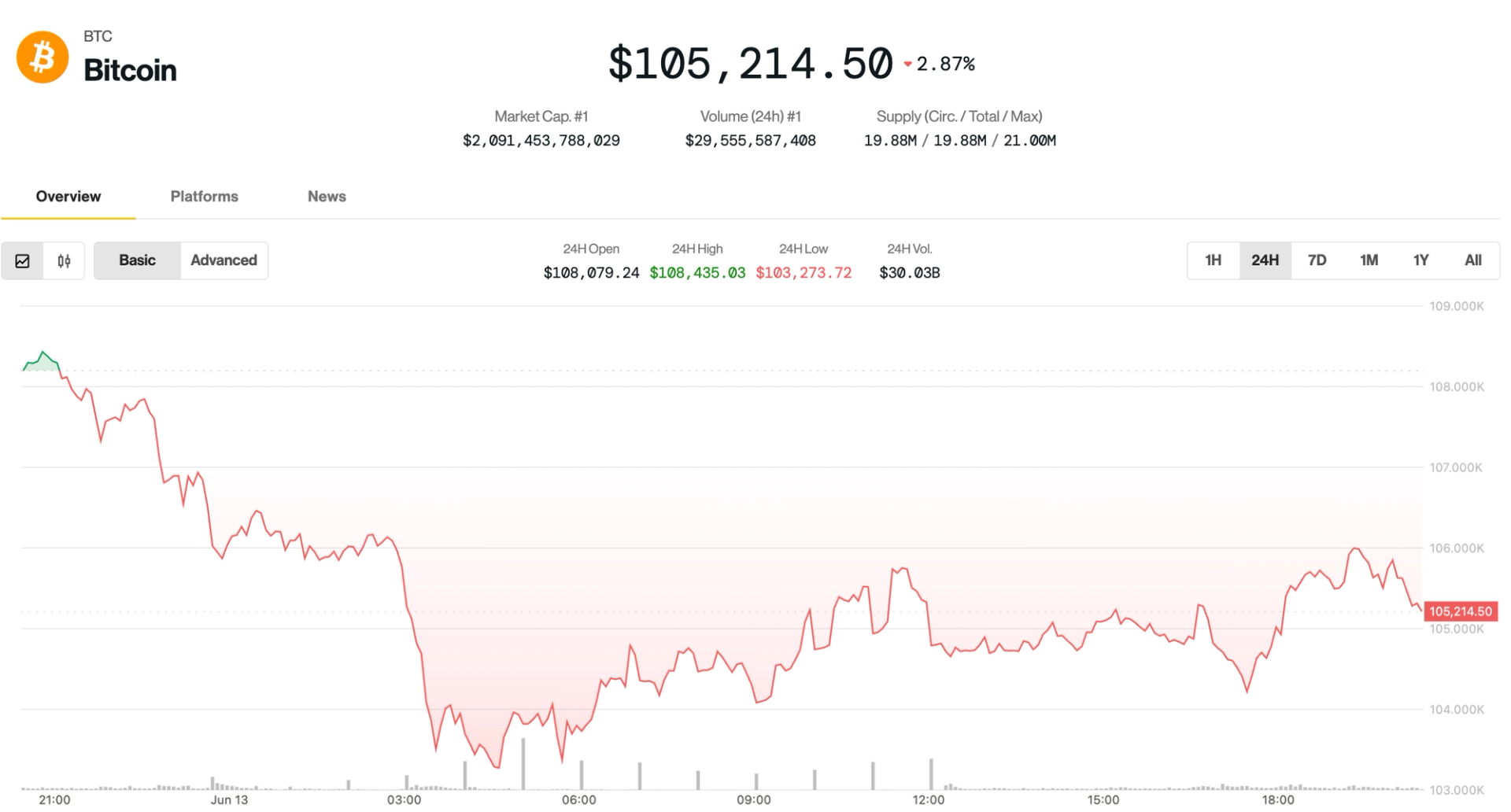
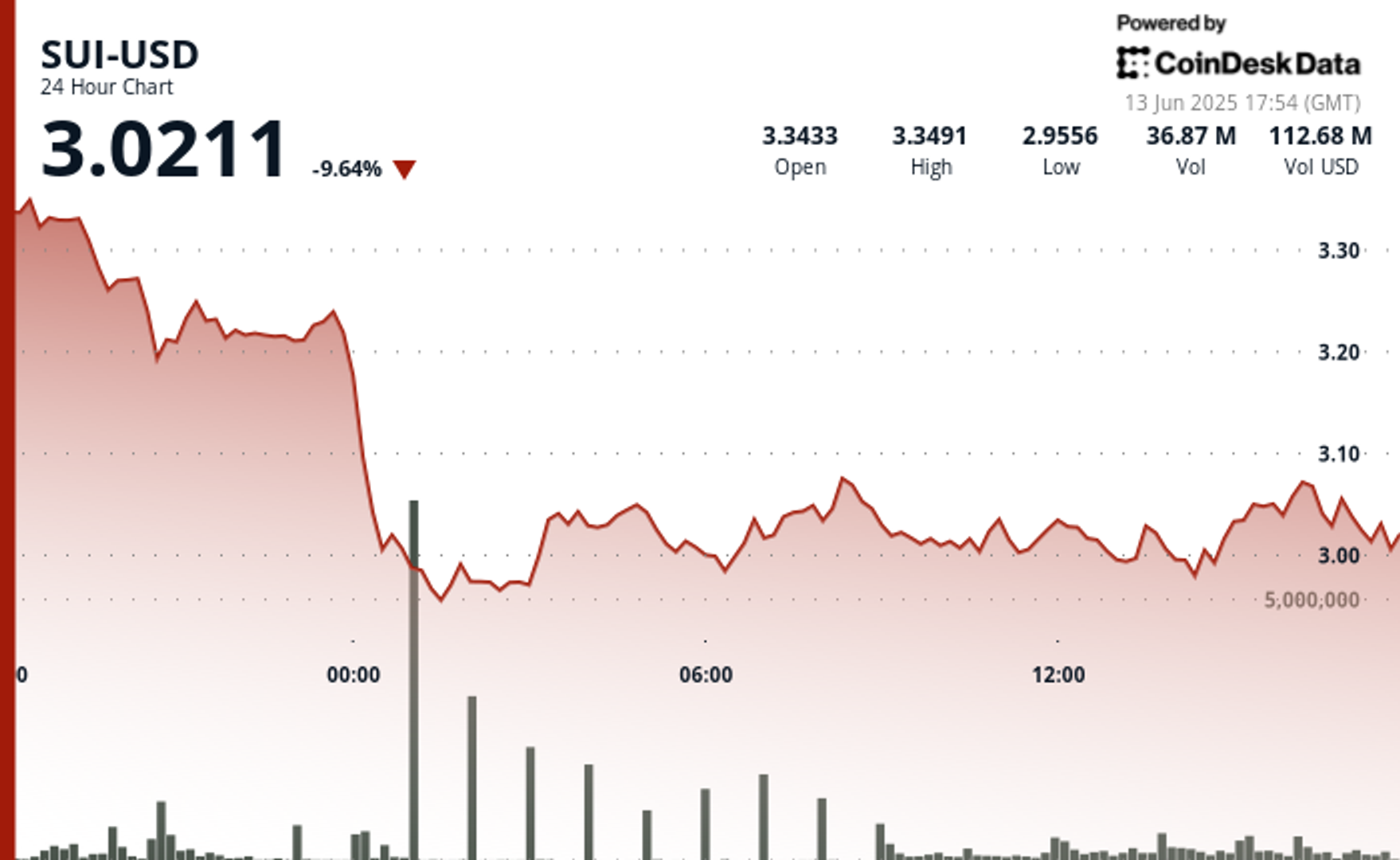



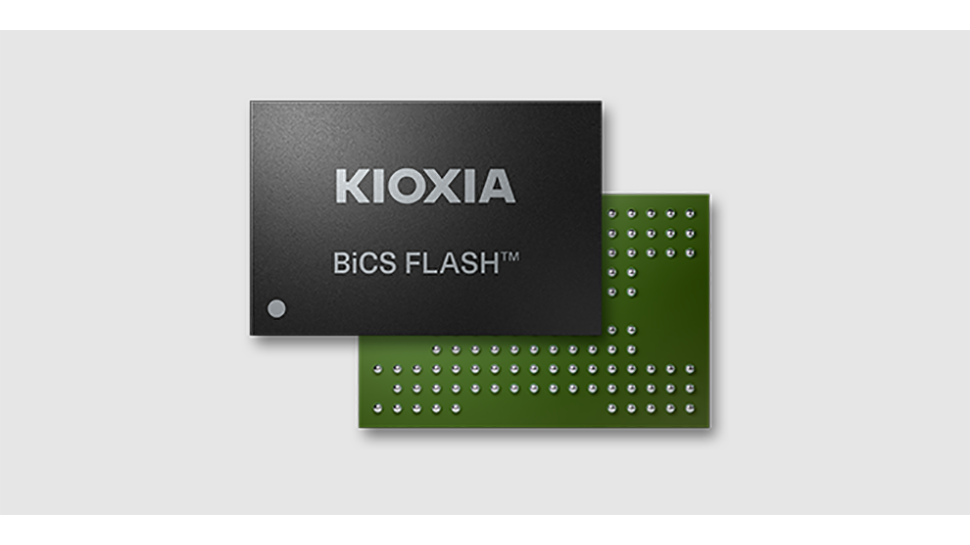












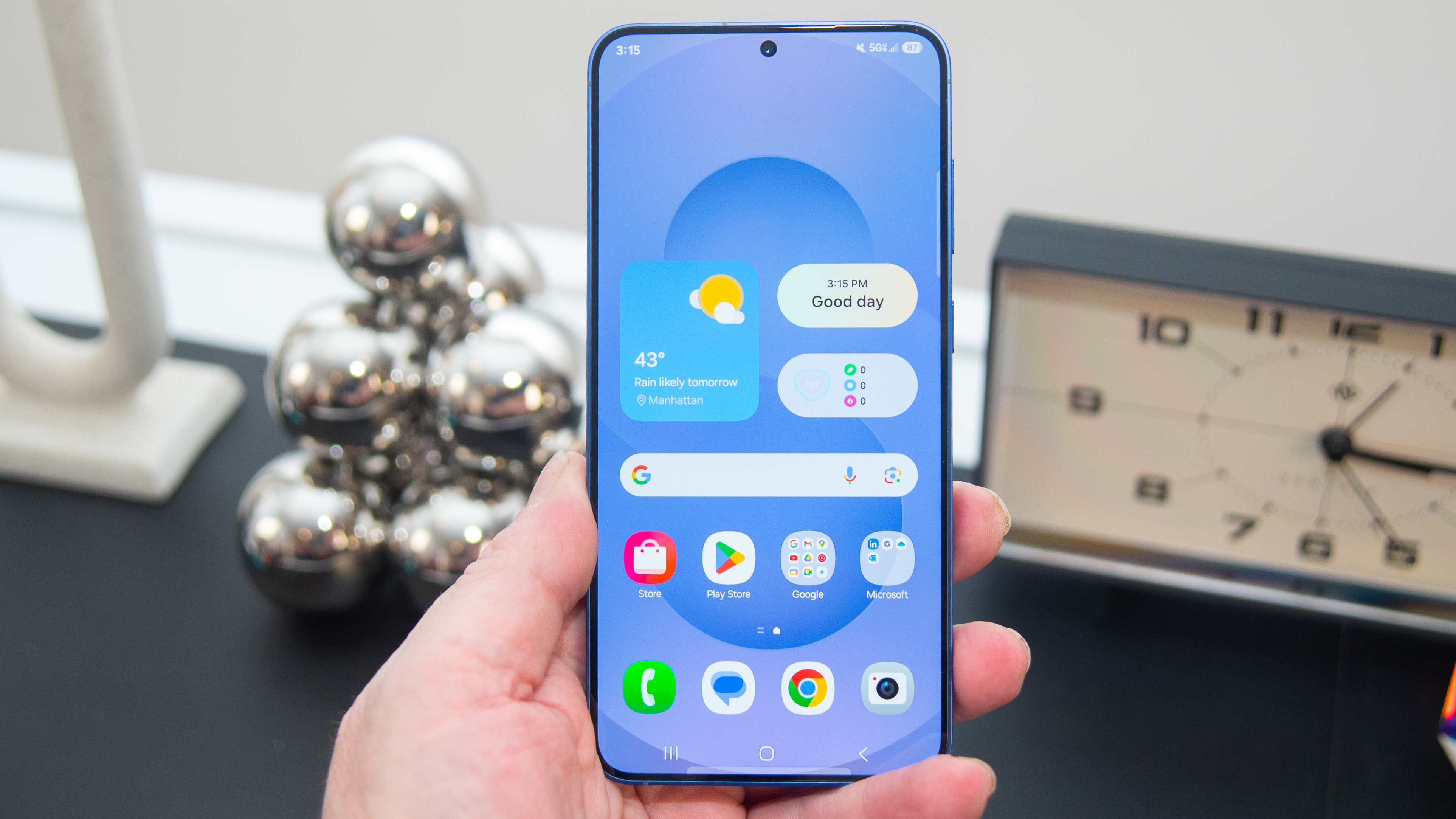






































.png)



















